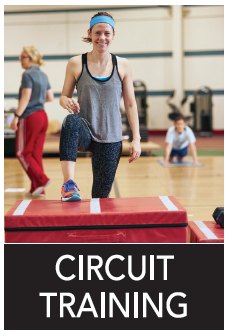 To achieve electricity, you need a complete circuit; the same thing goes for achieving a higher level of fitness, which is why circuit training is a great total-body workout. It can be classified as a type of endurance training, resistance training, strength training, or high-intensity interval training, which is why we can see great results from it.
To achieve electricity, you need a complete circuit; the same thing goes for achieving a higher level of fitness, which is why circuit training is a great total-body workout. It can be classified as a type of endurance training, resistance training, strength training, or high-intensity interval training, which is why we can see great results from it.
Circuit training is great for activating all of the muscles in the body. Typical circuit training is performed in a style of circuits. You will complete one exercise for a duration of time, and then switch to a new exercise and repeat the total circuit multiple times. During each circuit, you’ll perform upper-body, lower-body, and core exercises for maximum body results. Baylor University did a study proving that circuit training is the most efficient way to enhance cardiovascular and muscular endurance.
Endurance Training
Endurance training is the ability to exert yourself over a period of time. It’s also the ability to complete any aerobic or anaerobic exercise relating to cardiovascular and muscular endurance. Cardio endurance allows you to pump oxygen to your body for an extended period of time. This type of training is great for your overall health. Some of the benefits include the following:
- Higher levels of energy
- Heart function improvement
- Increased metabolism
- Performing daily life tasks more easily
Resistance Training
Resistance training is muscle contraction from external resistance during exercises. The external resistance can come from many pieces of equipment, including weights, bands, balls, boxes, disks, sleds, and definitely using your body weight. Benefits of resistance training might include the following:
- Help keeping muscles strong during aging
- Decreased osteoporosis
- Lower blood pressure
- Increased metabolism
Strength Training
Strength training is lifting heavier weight to increase muscular strength. Benefits of strength training include the following:
- Lower abdominal fat
- Better cardiovascular health
- Controlled blood sugar
- Reduced cancer risk
- Lower risk of injury
- Stronger mental health
- Osteoporosis prevention
- Increased confidence
High-Intensity Interval Training (HIIT)
High Intensity Interval Training is a workout that alternates between intense bursts of activity and fixed less intense or rest periods. This type of workout is typically known as a “fat blaster” filled with many benefits that include the following:
- Efficiency
- Cardiovascular strength/endurance
- Muscular strength
- Weight loss, muscle gain
- Increased metabolism
- Can be done anywhere
So Why Circuit Train?
Circuit training is not just an exercise that can burn hundreds of calories. Based on the benefits of the types of training a circuit training class is made up of, it can lead to major results in total fitness and health. You can find circuit training on the NIFS Group Fitness Schedule with our highly educated staff Mondays, Wednesdays and Fridays at 4:30pm.
This blog was written by Brittany Ignas, BS in Kinesiology, 200 Hour Yoga Alliance Certified, Stott Pilates Certified, and Fitness Coordinator. To find out more about the NIFS bloggers, click here.



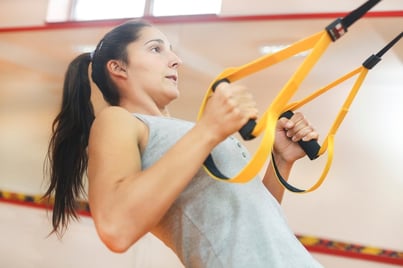 Have you tried TRX class at NIFS? For starters, you may be asking yourself, “What is a trx?” TRX is a body-weight suspension training system designed to give you a total-body workout, while playing to your skill set and allowing for nearly limitless body-weight–oriented exercise. TRX can provide a fitness beginner with an opportunity to learn movement patterns properly as well as challenge the most seasoned veterans in the gym with more advanced progressions.
Have you tried TRX class at NIFS? For starters, you may be asking yourself, “What is a trx?” TRX is a body-weight suspension training system designed to give you a total-body workout, while playing to your skill set and allowing for nearly limitless body-weight–oriented exercise. TRX can provide a fitness beginner with an opportunity to learn movement patterns properly as well as challenge the most seasoned veterans in the gym with more advanced progressions.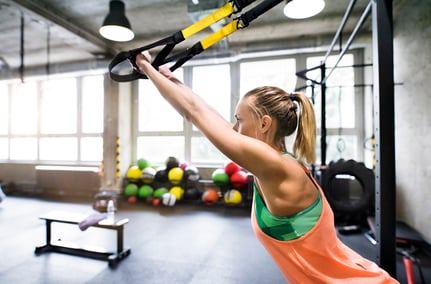 TRX Row: With two handles set to the short length (one tick mark), start with arms long and body in a plank position, being mindful that you do not let your hips sag. While under control, pull yourself up to your hands. Lower back down under control. PRO TIP: You can pull with your hands parallel to the floor to engage the lats more, whereas pulling with your hands horizontal to the floor works the rear deltoids and trapezius. (See video
TRX Row: With two handles set to the short length (one tick mark), start with arms long and body in a plank position, being mindful that you do not let your hips sag. While under control, pull yourself up to your hands. Lower back down under control. PRO TIP: You can pull with your hands parallel to the floor to engage the lats more, whereas pulling with your hands horizontal to the floor works the rear deltoids and trapezius. (See video 
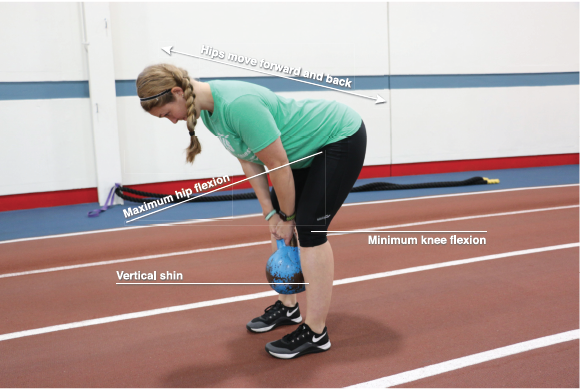
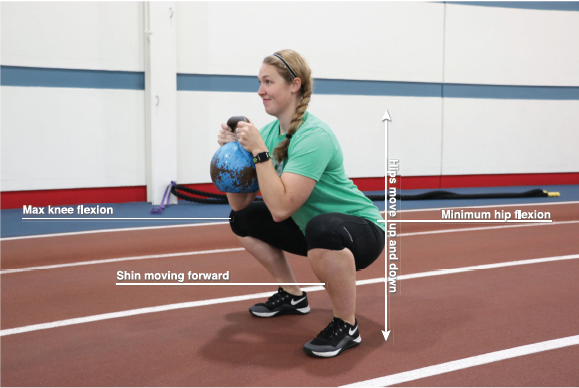
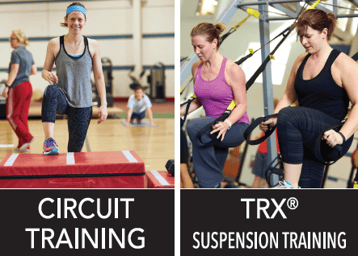 Group Fitness
Group Fitness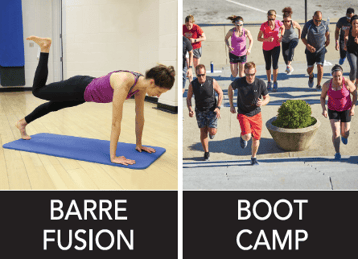 Specialty Classes are Included in NIFS Group Fitness Schedule
Specialty Classes are Included in NIFS Group Fitness Schedule 
 Throughout your life, you will come across times and situations that are tough, making you feel as though getting through it all is inconceivable and hopeless. There are more traditional ways to deal with these ups and downs of life, such as therapy, but there are other ways to overcome stress in life that can be as easy as taking a walk, shooting some basketball, or even lifting weights.
Throughout your life, you will come across times and situations that are tough, making you feel as though getting through it all is inconceivable and hopeless. There are more traditional ways to deal with these ups and downs of life, such as therapy, but there are other ways to overcome stress in life that can be as easy as taking a walk, shooting some basketball, or even lifting weights.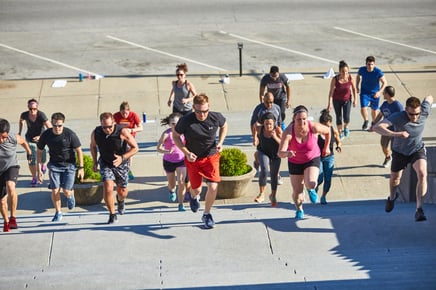 You either love them or you hate them… group workouts! In a world where technology is seemingly taking over the human connection and interaction, working out with a group can offer the opportunity to meet real friends instead of virtual ones online.
You either love them or you hate them… group workouts! In a world where technology is seemingly taking over the human connection and interaction, working out with a group can offer the opportunity to meet real friends instead of virtual ones online.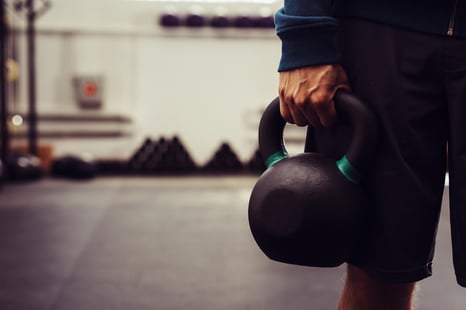 How long have you been stuck on your max for bench press or unable to become efficient at
How long have you been stuck on your max for bench press or unable to become efficient at 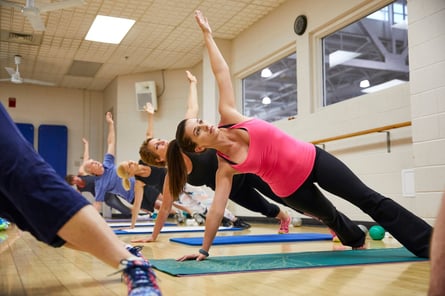 Yoga is pretty popular, and not just in the fitness industry. It’s getting lots of press for its ability to aid in living a generally healthy lifestyle. When people hear about healthy living, they often associate that only with exercise, and sometimes neglect the importance of a balanced diet and de-stressing techniques. Studies are now showing that it’s important to balance out all areas of life; not just one part should have dominance.
Yoga is pretty popular, and not just in the fitness industry. It’s getting lots of press for its ability to aid in living a generally healthy lifestyle. When people hear about healthy living, they often associate that only with exercise, and sometimes neglect the importance of a balanced diet and de-stressing techniques. Studies are now showing that it’s important to balance out all areas of life; not just one part should have dominance. There are many diet personalities out there. If you are one of these, it could be the reason you are having trouble losing weight or maintaining weight loss.
There are many diet personalities out there. If you are one of these, it could be the reason you are having trouble losing weight or maintaining weight loss.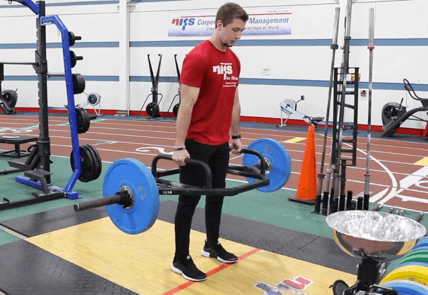 As a fitness professional I approach training and helping people from the direction that principles guide methods. The reason for this is that methods and fads will always change, but principles never do. It’s beneficial that the methods and variations of movements change from time to time, as long as the decision to change them is based on solid principles and reasoning. Variations are great, such as a change in foot position in a squat, adding load to a plank position, or varying the implement you are using during the exercise. One implement change that can pay heavy dividends (pun very much intended) is using a specialty lifting bar.
As a fitness professional I approach training and helping people from the direction that principles guide methods. The reason for this is that methods and fads will always change, but principles never do. It’s beneficial that the methods and variations of movements change from time to time, as long as the decision to change them is based on solid principles and reasoning. Variations are great, such as a change in foot position in a squat, adding load to a plank position, or varying the implement you are using during the exercise. One implement change that can pay heavy dividends (pun very much intended) is using a specialty lifting bar.